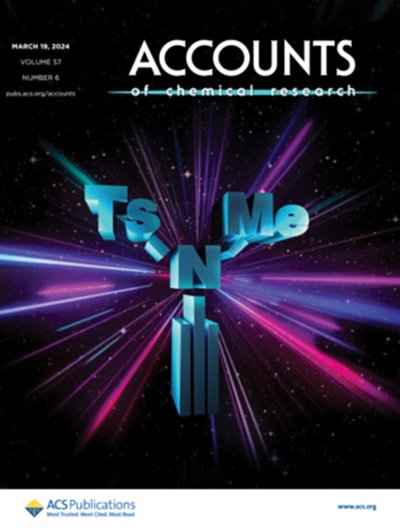STEAM 教育中三维建模和三维打印的跨文化研究:比较黑山和奥地利教师的成果
IF 16.4
1区 化学
Q1 CHEMISTRY, MULTIDISCIPLINARY
引用次数: 0
摘要
将三维建模和打印融入 STEAM 教育为教师带来了机遇和挑战,特别是在一些欧洲国家,学校采用三维建模和打印的情况仍有待改进。本文介绍了对 STEAM 教育中 3D 建模和打印技术的跨文化研究结果,展示了黑山和奥地利教师的研究成果。研究旨在收集教师对三维建模和打印的看法、实施三维建模和打印的想法以及教师面临的挑战。数据是通过问卷、访谈和三维建模与打印使用实例收集的。随后对这些数据进行了分析,以确定教师对该技术的印象和使用方面的异同。研究结果表明,黑山和奥地利的教师都表示有兴趣将三维建模和打印技术用于 STEAM 教学,并认为有潜力与数字扫盲等学科联系起来。不过,他们也指出了在采用三维建模和打印技术时遇到的与软件相关的挑战、时间限制以及培训和资金方面的困难。学校采用三维建模和打印技术的速度较慢,这表明在考虑教师培训、当地文化和技术可用性等外部和内部影响因素的情况下,应更好地支持教师使用这项技术。此外,该研究还强调,有必要采取适当措施对教师进行培训,并确保他们能够获得三维建模和打印所需的技术。本文章由计算机程序翻译,如有差异,请以英文原文为准。
Cross-cultural examination of 3D modelling and 3D printing in STEAM education: comparing results from teachers in Montenegro and Austria
Integrating 3D modelling and printing in STEAM education presents opportunities and challenges for teachers, particularly those in some European countries where its adoption in schools still needs to be improved. This article presents findings from a cross-cultural examination of 3D modelling and printing in STEAM education, showing results from teachers in Montenegro and Austria. The study aimed to gather insights into teachers’ perceptions of 3D modelling and printing, ideas for its implementation and the challenges teachers face. Data were collected through questionnaires, interviews and examples of 3D modelling and printing use. They were subsequently analysed to identify similarities and differences in the impressions and use of the technology. The findings indicate that teachers in both Montenegro and Austria expressed interest in using 3D modelling and printing for STEAM teaching purposes and saw potential for connecting to subjects, such as digital literacy. However, they also identified software-related challenges, time constraints and training and financial difficulties when adopting 3D modelling and printing. The slow adoption of 3D modelling and printing in schools suggests that teachers should be better supported in using this technology, considering external and internal influences such as teacher training, local culture and availability of technology. Furthermore, the study highlights the need for suitable measures for teacher training and ensuring access to technologies necessary for 3D modelling and printing.
求助全文
通过发布文献求助,成功后即可免费获取论文全文。
去求助
来源期刊

Accounts of Chemical Research
化学-化学综合
CiteScore
31.40
自引率
1.10%
发文量
312
审稿时长
2 months
期刊介绍:
Accounts of Chemical Research presents short, concise and critical articles offering easy-to-read overviews of basic research and applications in all areas of chemistry and biochemistry. These short reviews focus on research from the author’s own laboratory and are designed to teach the reader about a research project. In addition, Accounts of Chemical Research publishes commentaries that give an informed opinion on a current research problem. Special Issues online are devoted to a single topic of unusual activity and significance.
Accounts of Chemical Research replaces the traditional article abstract with an article "Conspectus." These entries synopsize the research affording the reader a closer look at the content and significance of an article. Through this provision of a more detailed description of the article contents, the Conspectus enhances the article's discoverability by search engines and the exposure for the research.
 求助内容:
求助内容: 应助结果提醒方式:
应助结果提醒方式:


